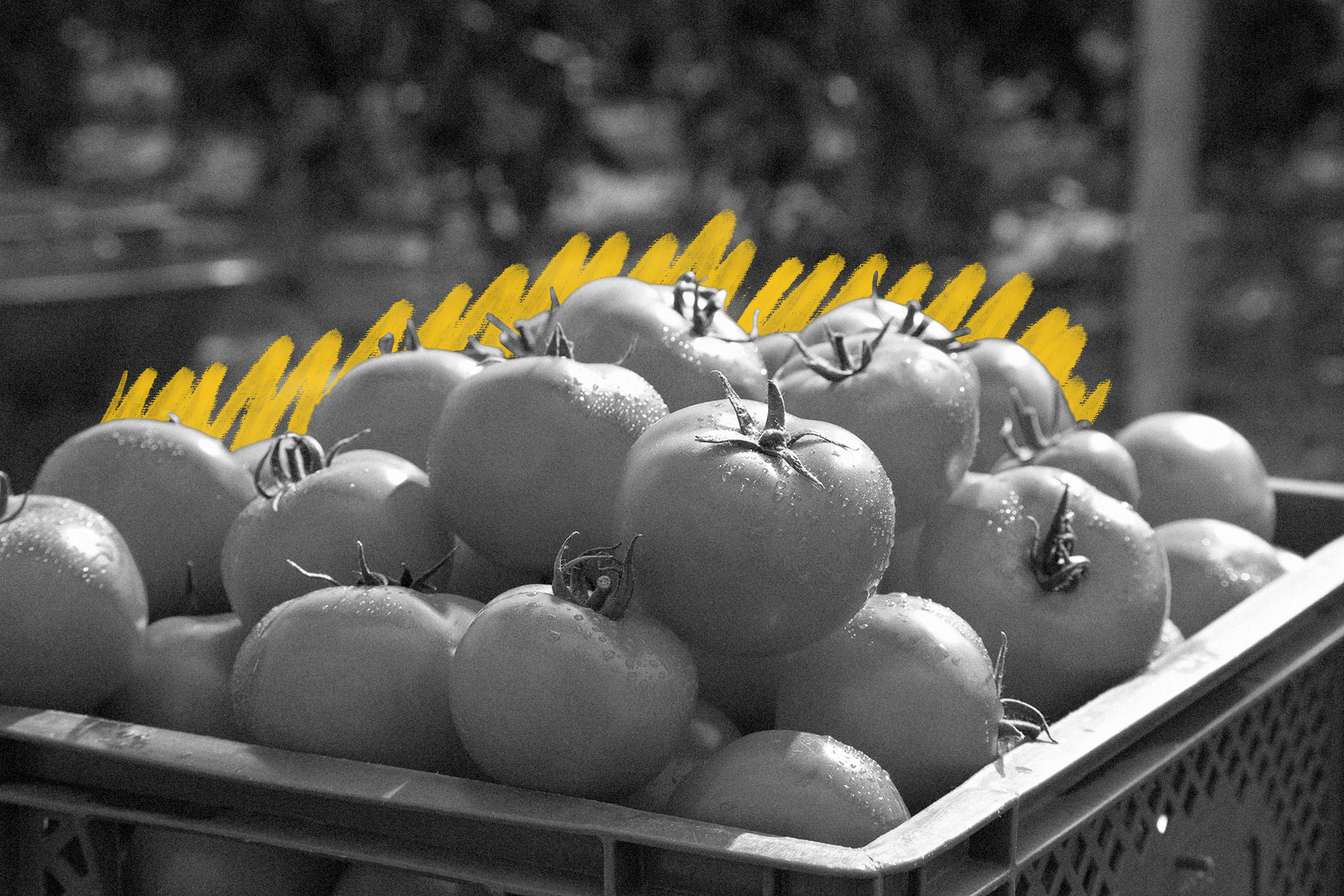Tomatoes were called “love apples” because they were believed to be aphrodisiacs.
Today, tomatoes are so common and ubiquitous that some of us have no qualms sacrificing the juicy produce by chucking them at subpar performers. Yet prior to the early 16th century, tomatoes existed exclusively in their native South America. This all changed when Spanish colonizers began taking tomatoes home to Europe; the seeds of the tomato plant grew quite well there, and it was soon being cultivated throughout the continent. This unfamiliar, exotic fruit from the New World fascinated Europeans, not least of all in France, where tomatoes were referred to as “pomme d’amour,” or “love apples,” because they were believed to be an aphrodisiac.
The exact reason the French developed this belief in the tomato’s libidinous power is not known, but there’s at least one explanation often offered by historians. One of the earliest Europeans to write about tomatoes, Italian naturalist Pietro Andrea Mattioli, classified the tomato as a member of the nightshade family, and referred to it as a “mandrake” (another nightshade plant). Mandrakes were widely considered an aphrodisiac in 16th-century Europe — in fact, they appear in the Bible as the key ingredient in a love potion, and their name in Hebrew translates to “love apples.” It’s possible the French assumed that the novel “mandrake” the Spanish brought from the New World shared the same erotic potency as its biblical counterpart.















